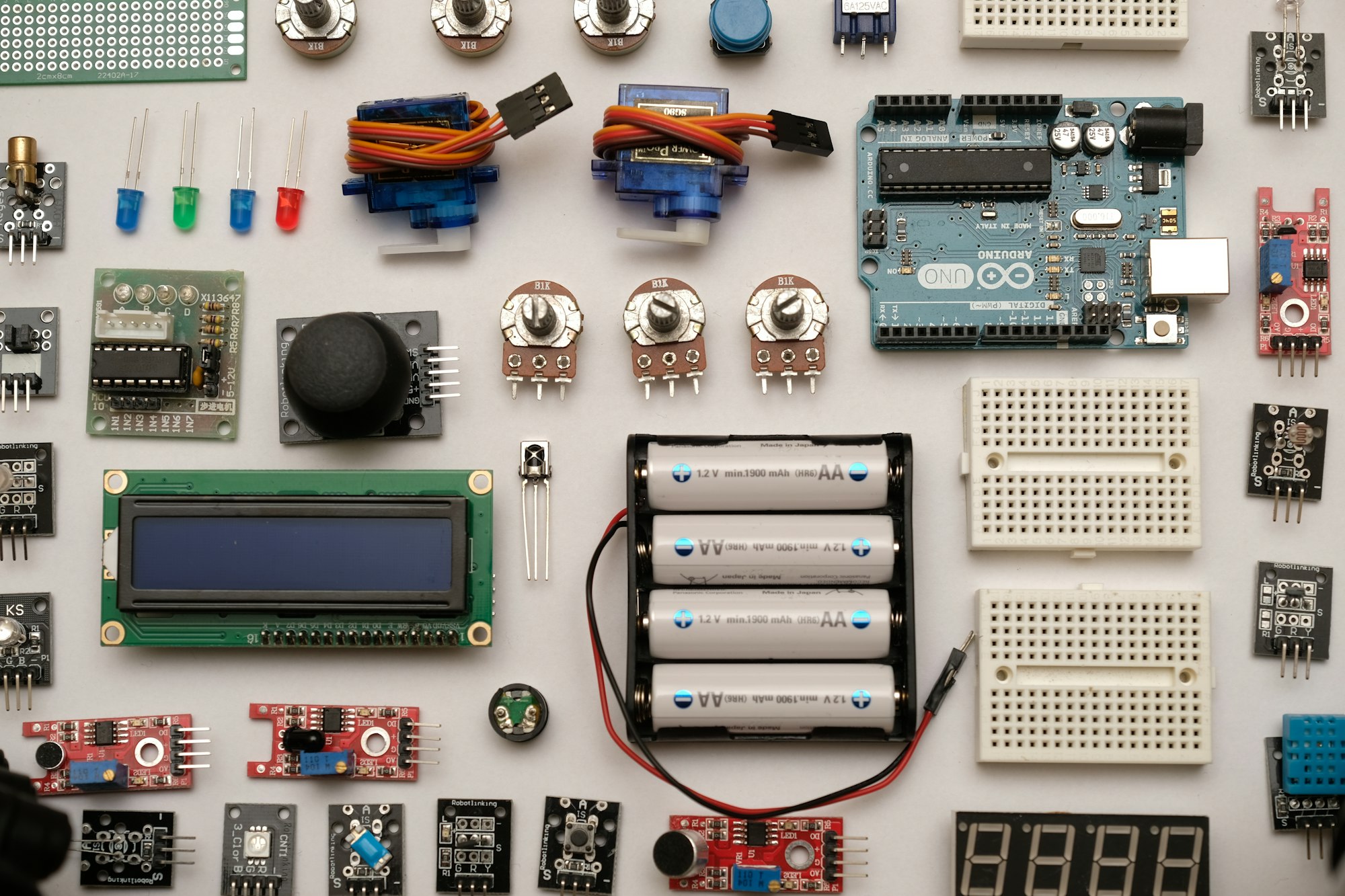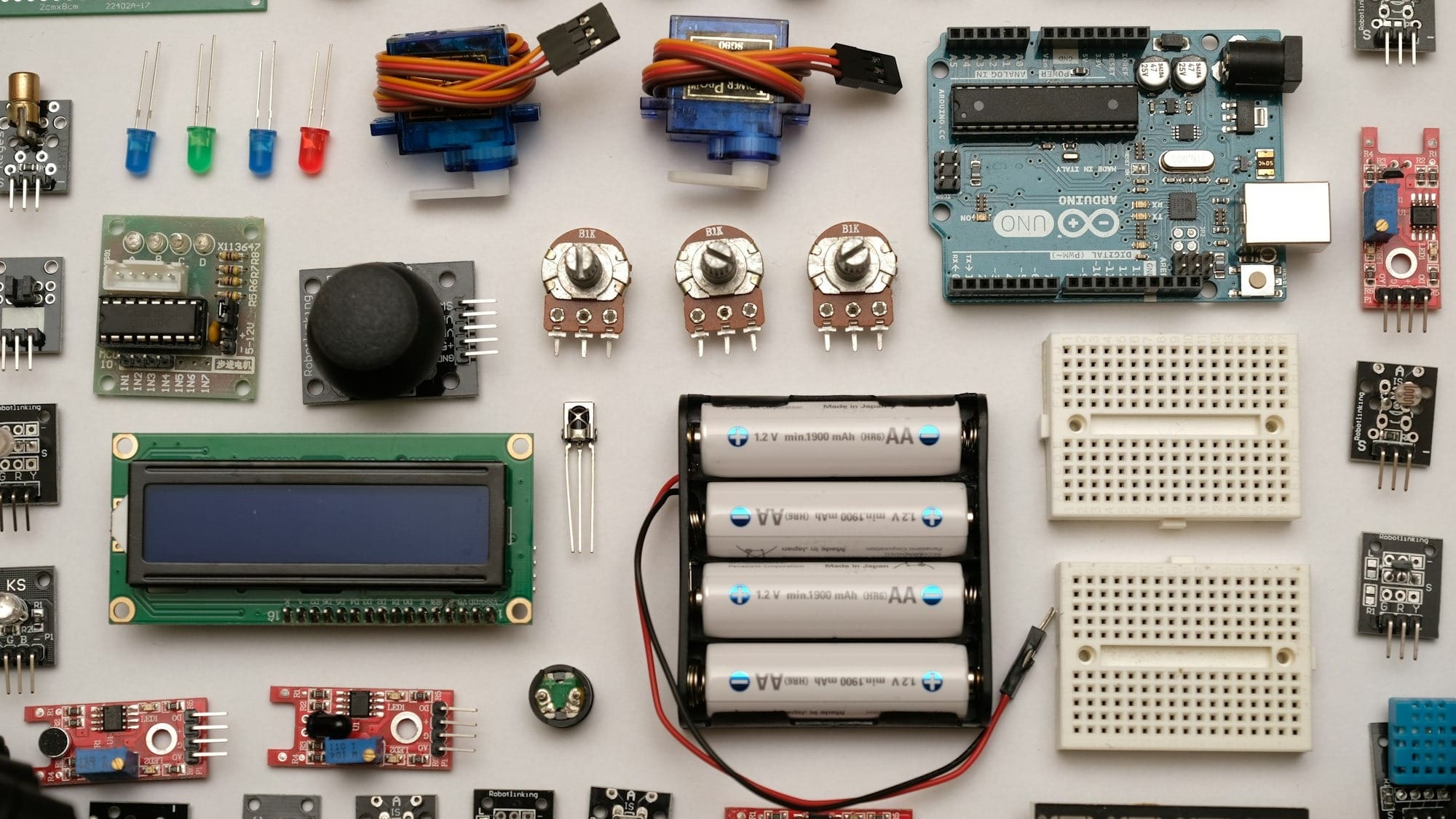What it takes to become an IoT Solutions Architect
Learn about what it takes to become an IoT Solutions Architect, from essential skills to career path guidance.
The Internet of Things (IoT) is revolutionizing industries, from healthcare to manufacturing, and at the heart of this technological advancement is the IoT Solutions Architect. If you're passionate about technology, enjoy problem-solving, and are intrigued by the potential of connected devices, then becoming an IoT Solutions Architect could be your ideal career path.
Who is an IoT Solutions Architect?
An IoT Solutions Architect is a technology visionary who designs, develops, and implements IoT solutions. They bridge the gap between business needs and technical capabilities, creating innovative solutions that leverage the power of connected devices.
How Much Does an IoT Solutions Architect Earn?
The salary of an IoT Solutions Architect can vary between $213,000 and $374,000 per year depending on experience, location, and specific skills. However, it's a highly lucrative career with competitive compensation packages. According to Glassdoor, the average annual salary for an IoT Solutions Architect in the United States is around $279,000 per year.

What is the Role of an IoT Solutions Architect?
An IoT Solutions Architect plays a pivotal role in shaping the future of technology. Their key responsibilities include:
- Designing IoT Solutions: Creating comprehensive architectural blueprints for IoT systems, considering factors like hardware, software, networking, and security.
- Selecting Technologies: Choosing the right technologies and tools to build scalable and reliable IoT solutions.
- Data Analysis and Insights: Analyzing vast amounts of data generated by IoT devices to derive valuable insights and optimize business processes.
- Security and Privacy: Ensuring the security and privacy of sensitive data transmitted and stored within IoT systems.
- Team Collaboration: Working closely with cross-functional teams, including engineers, data scientists, and business analysts, to deliver successful projects.








